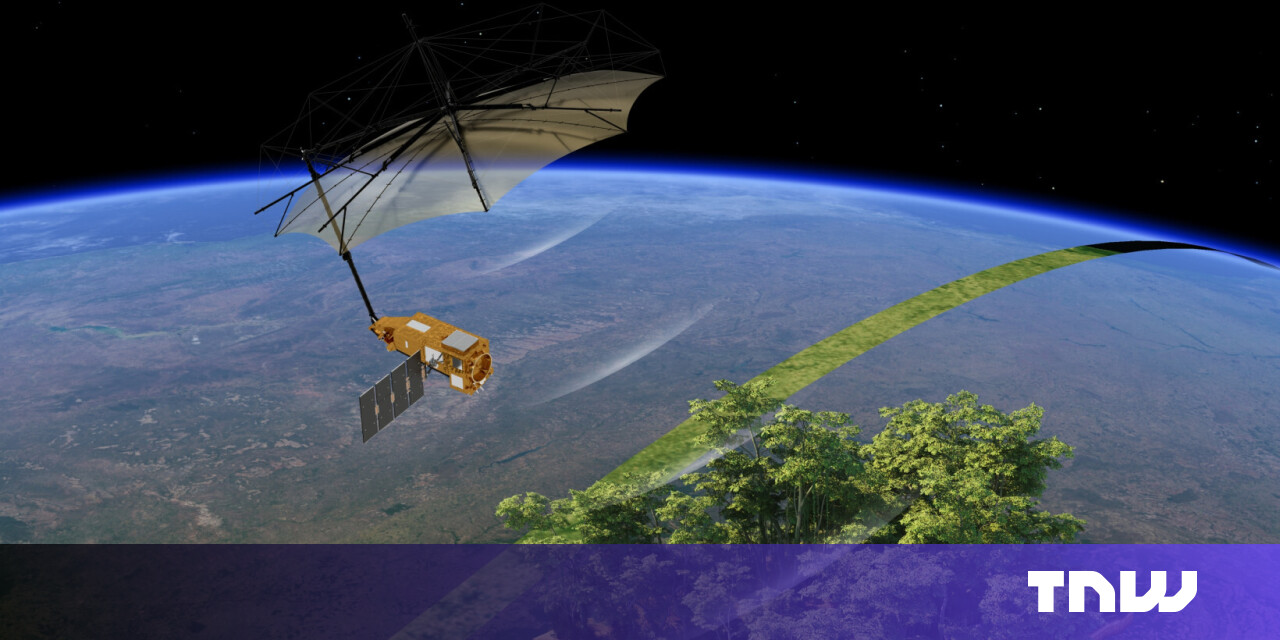
"The Biomass mission captures detailed forest carbon measurements using a unique P-band radar, deepening understanding of Earth's forests and their role in the global carbon cycle."
"Biomass, built by aerospace giants and startups, aims to provide unprecedented insights into forest carbon dynamics, enhancing scientific comprehension of critical ecosystem processes."
"Utilizing long wavelengths, the P-band radar slices through thick canopies to reveal the underlying woody structures where forest carbon is predominantly stored, expanding our geological mapping capabilities."
"The data from Biomass is transmitted to ESA's Kiruna ground station, calibrated, and made accessible via MAAP, enabling a global scientific community analysis of biomass density and forest heights."
The Biomass satellite, launched by the European Space Agency, utilizes a groundbreaking P-band radar to measure forest carbon with unprecedented precision. Launched in April aboard a Vega-C rocket, Biomass aims to enhance our understanding of trees' role in the carbon cycle and offers insights into subsurface geology and ice sheets. Designed by Airbus, its radar can penetrate thick canopies to access lower biomass levels. Data is processed in Sweden and made available to scientists globally through a specialized platform, thereby facilitating essential ecological research.
#biomass-satellite #forest-carbon-measurement #p-band-radar #european-space-agency #environmental-science
Read at TNW | Deep-Tech
Unable to calculate read time
Collection
[
|
...
]